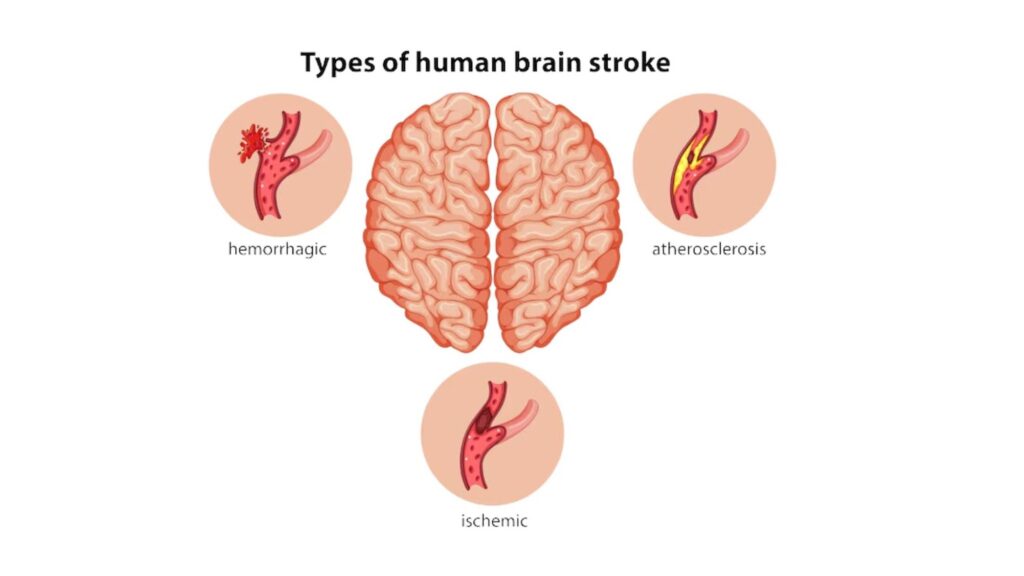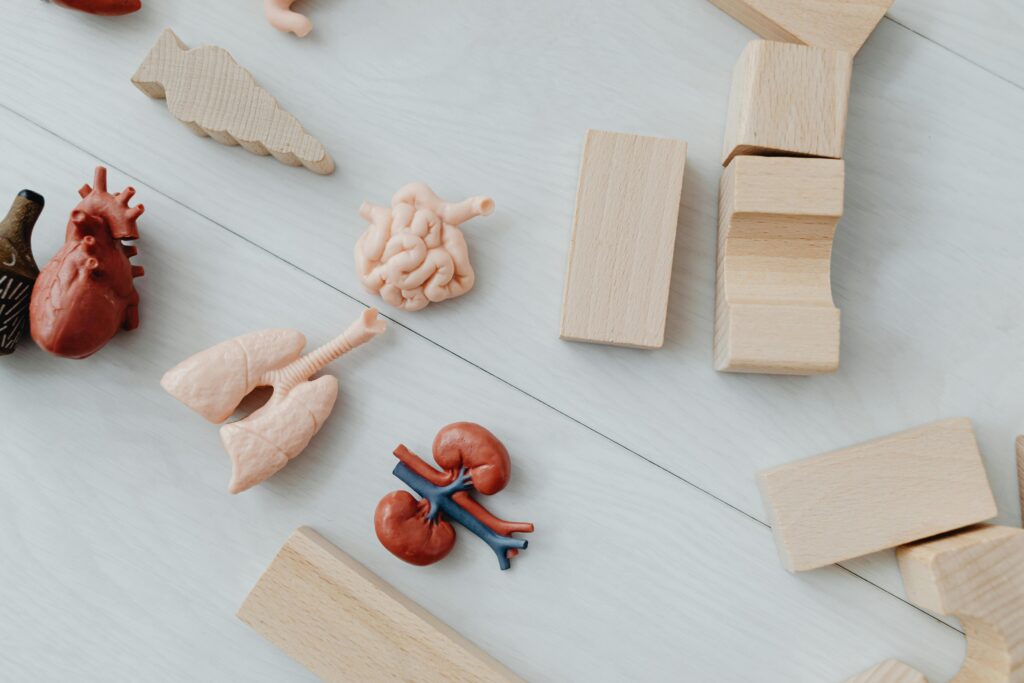Learn how to prevent, manage, and understand heart disease and stroke in this guide. Discover healthy habits, symptoms, causes, and life-saving tips explained in a friendly tone and easy-to-understand way. Heart Disease and Stroke: How to Prevent, Manage, and Understand Them.
H1: Understanding Heart Disease and Stroke

When I first started learning about heart disease and stroke, I was shocked by how common and dangerous they really are. These conditions affect millions of people around the world, and they can happen to anyone. The good news is that most of them can be prevented. That inspired me to change my lifestyle and help others do the same, one step at a time.
H2: What Is Heart Disease?
“Heart disease” is an umbrella term for many different heart problems. I used to think it was just a heart attack, but it includes conditions like coronary artery disease, heart failure, and arrhythmias. The heart’s job is to pump blood, and when it’s weak, blocked, or beating irregularly, everything suffers. That’s why understanding heart health became my top priority.
H3: Common Types of Heart Disease
Here’s a simple table showing some of the major types:
| Type of Heart Disease | Description |
|---|---|
| Coronary Artery Disease | Blocked arteries that supply blood to the heart |
| Heart Failure | Heart can’t pump blood properly |
| Arrhythmia | Irregular heartbeat |
| Valvular Heart Disease | Problems with heart valves |
| Congenital Heart Disease | Birth defects affecting heart structure |
H2: What Is a Stroke?
A stroke happens when blood flow to the brain is blocked or when a blood vessel bursts. When this happens, brain cells start to die quickly. I used to think strokes were rare, but they’re one of the leading causes of death and disability. Learning about stroke warning signs helped me recognize how urgent this condition is—and how fast we need to act.
H3: Main Types of Stroke

Here are the keystroke types explained:
- Ischemic Stroke: Caused by a blood clot blocking a vessel.
- Hemorrhagic Stroke: Caused by a burst blood vessel.
- Transient Ischemic Attack (TIA): Mini-stroke; temporary blockage.
H2: What Causes Heart Disease and Stroke?
The causes surprised me because they included everyday habits. Some of the most common include:
- High blood pressure
- High cholesterol
- Smoking
- Poor diet
- Lack of exercise
- Stress
- Diabetes
What shocked me most was how many of these are in my control. Changing these habits made me feel empowered—not scared.
H3: Risk Factors Table
| Risk Factor | Impact on Health |
|---|---|
| Smoking | Damages arteries and raises blood pressure |
| High Blood Pressure | Forces the heart to work harder |
| High Cholesterol | Clogs blood vessels |
| Poor Diet | Leads to obesity and plaque buildup |
| Physical Inactivity | Increases risk of obesity, diabetes, and hypertension |
H2: How I Lowered My Risk
To reduce my chances of getting heart disease and stroke, I made small but powerful changes. I started with what I ate and how often I moved my body. I also tracked my blood pressure and cholesterol. Over time, I felt stronger, happier, and more in control. It wasn’t a diet—it was a full lifestyle upgrade.
H3: Healthy Habits Checklist
Here’s a simple list that worked for me:
- Eat more fruits, vegetables, and whole grains
- Avoid processed food and sugary drinks
- Exercise 30 minutes a day
- Quit smoking
- Manage stress with breathing and meditation
- Sleep 7–8 hours every night
- Get regular checkups.
Key Takeaways:
- Heart disease and stroke are preventable with healthy habits.
- Eat a balanced, heart-healthy diet.
- Exercise at least 30 minutes daily.
- Monitor blood pressure and cholesterol regularly.
- Learn and recognize emergency symptoms.
- Practice stress relief and care for your mental health.
- Build a supportive community around you.
H2: My Heart-Healthy Diet

Switching to a heart-healthy diet wasn’t as hard as I thought. I just had to be more mindful of labels, portions, and ingredients. I started cooking more at home and relying less on takeout. My grocery cart now looks completely different—fresh, colorful, and full of life. That change alone made a huge difference in how I felt every day.
H3: Foods That Boost Heart and Brain Health
| Eat More Of | Limit or Avoid |
|---|---|
| Leafy greens | Salt |
| Berries | Fried foods |
| Nuts and seeds | Processed meats |
| Whole grains | Sugary drinks |
| Olive oil | Trans fats |
“The food you eat can be either the safest and most powerful form of medicine or the slowest form of poison.” – Ann Wigmore
H2: Staying Active for a Healthy Heart and Brain
Before I started exercising regularly, I felt tired all the time. Now I know how important physical activity is for both heart disease and stroke prevention. Walking, biking, and even dancing help keep my heart strong and my blood flowing smoothly. Even just 30 minutes a day made me feel more energized and confident.

H3: Weekly Activity Plan I Follow
| Day | Activity | Duration |
|---|---|---|
| Monday | Brisk walk | 30 mins |
| Tuesday | Yoga | 30 mins |
| Wednesday | Cycling | 30 mins |
| Thursday | Strength training | 30 mins |
| Friday | Dance workout | 30 mins |
| Saturday | Rest or stretching | — |
| Sunday | Nature walk | 30 mins |
H2: Medical Management and Regular Check-ups
One thing I learned the hard way is that regular checkups save lives. My doctor helped me monitor my blood pressure, cholesterol, and blood sugar levels. Sometimes medication is needed, and that’s okay too. The key is to not ignore symptoms or delay appointments. Health is worth the time, money, and effort.
H3: Vital Screenings for Prevention
- Blood pressure test
- Cholesterol check
- Blood sugar (A1C) test
- Electrocardiogram (ECG)
- Weight and BMI check
- Stress test (if needed)
H2: Managing Stress and Mental Health
Stress plays a silent but deadly role in heart disease and stroke. When I ignored my mental health, everything felt worse. I added simple practices to my day like deep breathing, journaling, and screen breaks. Even walking outdoors helped me feel calmer. Mental health is heart health. Once I believed that, everything changed.
“You don’t have to control your thoughts. You just have to stop letting them control you.” – Dan Millman
H2: Recognizing Emergency Symptoms
One of the most life-saving things I learned was how to recognize symptoms fast. Whether it’s a heart attack or stroke, time matters. The sooner someone gets help, the better the chance of recovery. Knowing what to look for helps save lives—including your own.
H3: Symptoms of a Heart Attack
- Chest pain or pressure
- Shortness of breath
- Sweating
- Nausea or dizziness
- Pain in arms, back, neck, or jaw
H3: Symptoms of a Stroke (Use F.A.S.T.)
| Letter | What It Stands For | What to Look For |
|---|---|---|
| F | Face Drooping | One side of the face droops |
| A | Arm Weakness | One arm drifts downward |
| S | Speech Difficulty | Slurred or strange speech |
| T | Time to Call Emergency | Call help immediately |
H2: Support System and Community

Dealing with heart disease and stroke can feel lonely, but it doesn’t have to be. I joined local health groups and online forums to stay motivated. Surrounding yourself with people who care or have gone through similar things makes a huge difference. Recovery and prevention are easier when you’re not alone.
H3: Ways to Find Support
- Join a local fitness or walking group
- Attend heart health workshops
- Talk to a therapist or counselor
- Follow health-focused social media pages
- Connect with survivors’ support forums
Conclusion: Take Charge of Your Heart and Brain Health
When I first learned about heart disease and stroke, I felt overwhelmed. But now, I feel empowered. With the right knowledge, habits, and support, it’s absolutely possible to prevent, manage, or even reverse these conditions. Your health is in your hands. Start small, stay consistent, and treat every heartbeat like it matters—because it truly does.

Lovart AI Agent offers a fresh approach to design automation, blending AI with creative control. Its tri-modal interface could redefine how designers work-worth keeping an eye on as it evolves. Lovart AI Agent